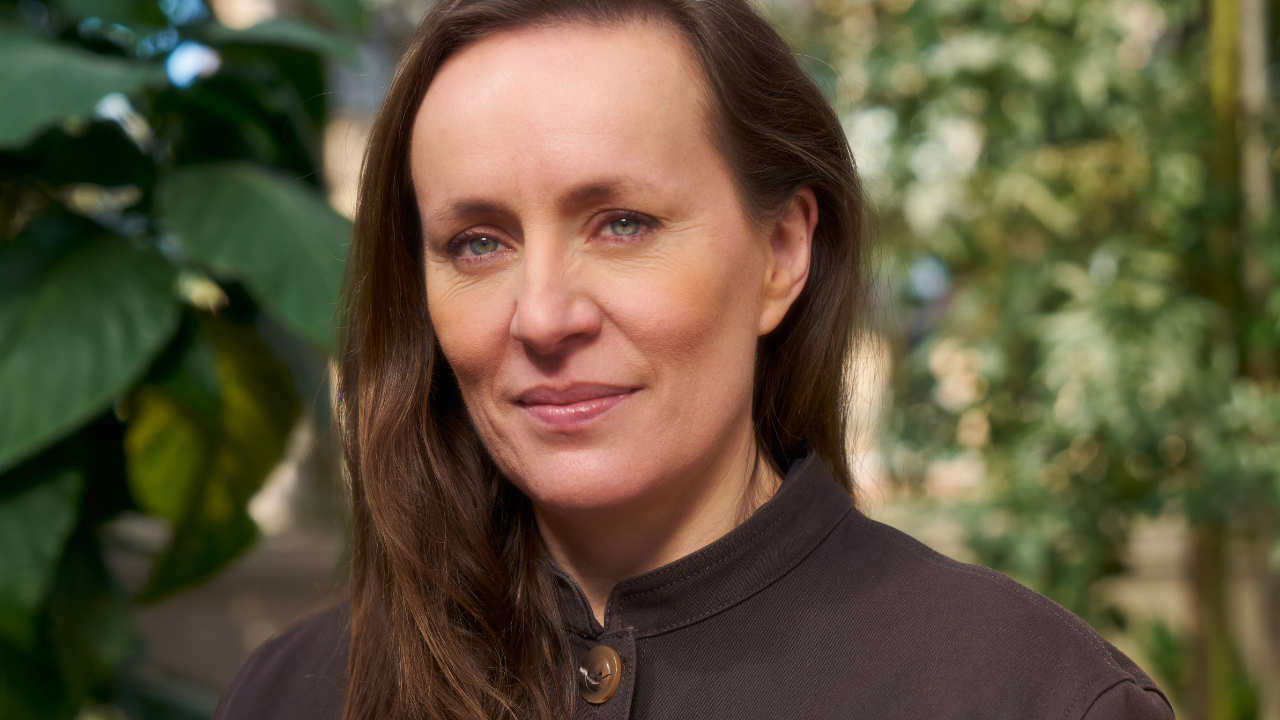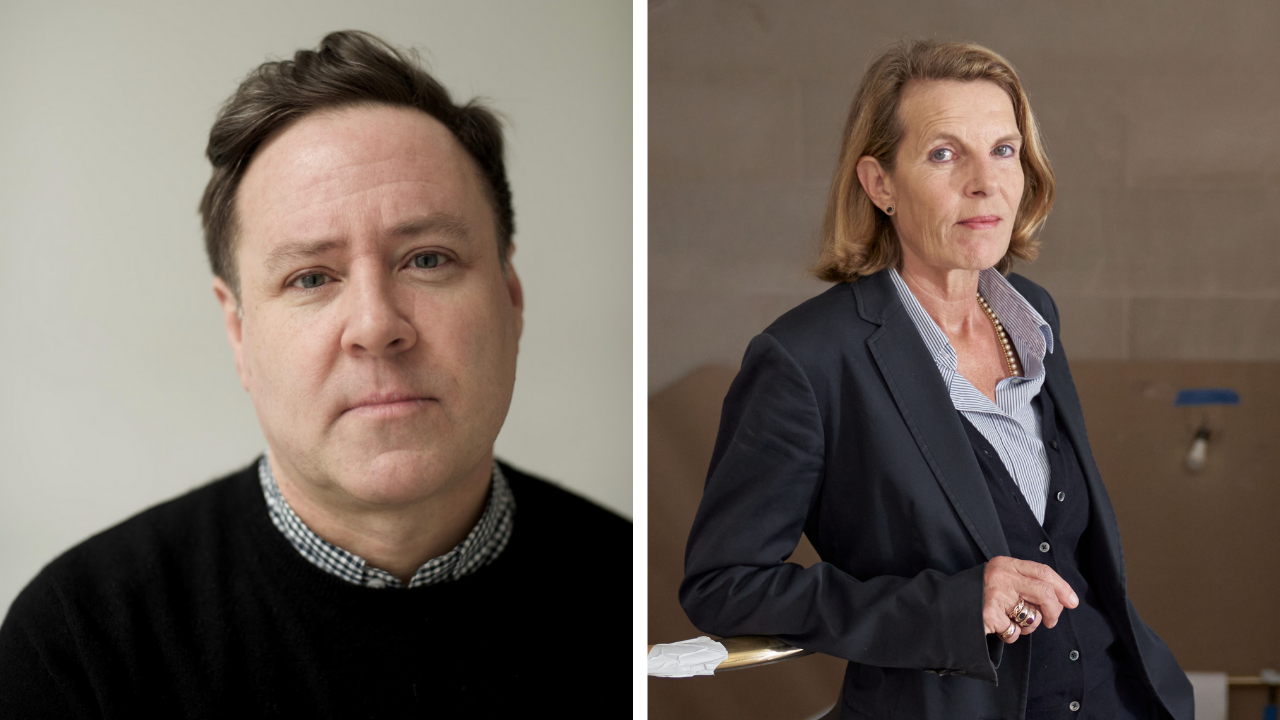Misremembering Iran with Malekeh Nayiny
Meridian Payseno talks with artist Malekeh Nayiny about how her whimsical reworkings of old family photographs uncover truths in imagined memories
Meridian Payseno talks with artist Malekeh Nayiny about how her whimsical reworkings of old family photographs uncover truths in imagined memories

When Malekeh Nayiny went abroad to attend university, she didn’t know Iran would never be her home again. In 1979, she watched the revolution unfold in horror from the US, thinking: ‘This can’t possibly last.’ Forced into a quasi-exile, the artist has subsequently built a practice exploring uprooted identity, including the longing and nostalgia that comes with it.
In 1997, following her first visit to Iran since the revolution, Nayiny embarked on what has since become her best-known series, ‘Updating a Family Album’, now on view as part of Berlin Photo Week. The artist digitally alters pre-existing photographs with bright colours, anachronistic symbols and unexpected accessories that both reflect the personality of her subjects and the manifold cultural influences of her upbringing. Notice how her pious uncle sits in front of décolletage-covered wallpaper in My Uncle (1997) or how the prints on her and her cousin’s clothes in Me and my Cousin Fati (2000) reflect their cat-and-dog-like relationship.

With these additions, Nayiny creates a world of fantasy. Yet not all fantasy is fiction. Fundamentally, these works remain portraits of everyday life in Iran before the cultural revolution, including now-startling images of women with bare legs and uncovered hair. And, though the current regime may want to repress this part of Iranian history, Nayiny believes that the memory of this era lives in the collective subconscious and fuels the fight for a better future.
Now, more than 40 years since the revolution, Nayiny has made a life for herself in Paris, but the concept of home is still elusive. I met recently with the artist to discuss belonging, nostalgia and how she reconciles past and present amidst such a drastic cultural shift.

Meridian Payseno: What inspired you to revisit your family pictures for ‘Updating a Family Album’?
Malekeh Nayiny: The first time I returned to Iran after the revolution was in 1997. By that time, my mother had passed and my father was sick. I felt this multi-dimensional loss: one parent was gone and I was watching another fade away with dementia. It seemed like my entire past in Iran was disappearing. Perhaps that’s why I felt such a connection to the objects in my parents’ house: passports, stamp collections, watches, photos – I couldn’t just let them go. I wanted to do something with them to honour my mother. At the time, I didn’t know what that would be, and I didn’t expect it to be for an audience other than myself. It’s ironic because my mother always said we’d forget her; little did she know she’d be part of my best-known work. I’ve gone on to do so many series, but people always want to see ‘Updating a Family Album’ – for better or for worse, everywhere I go, my family is with me.
MP: As someone who’s lived in exile for most of your life, what does home mean to you?
MN: Home is a hard concept for me. I feel lost with it. Sometimes, I feel at home in nature when I walk along the river under the trees. But, honestly, I don’t think I have a home. I’m uprooted and it isn’t easy. I feel like a stranger in Iran, but I don’t quite belong anywhere else.
MP: How do you reconcile your memories of Iran with today’s reality?
MN: We usually think of society gradually moving in a liberal direction, but that wasn’t the case in Iran. When I was a teenager, I remember seeing adverts with pin-ups and sexy movie stars. Today, women have to cover themselves or risk being killed. I explored this drastic shift in my series ‘Past Residue’ [2009], in which I superimposed vintage Iranian adverts onto deteriorating building facades. Parts of the posters are torn away but traces remain. Just as we see today [that] there are traces of pre-revolution life in Iranian women. I think we are the sum of everything and everyone who came before us. No matter how many years have passed, we still want liberty.

MP: Your most recent work, Shahbanou Farah [2022], is an image of the former queen consort of Iran, Farah Pahlavi, who was deposed during the revolution. She is depicted from behind looking at a wall of photos.
MN: I started this piece as a commission for a friend. It was intended to be a gift for Pahlavi’s birthday, but it ended up being too sad for a present – which made me laugh at myself a bit. Though I don’t think of it as sad, per se, more pensive. The image is all about nostalgia. Nostalgia is in all Iranians; it comes with us – a longing for a time that isn’t there anymore. Life changes all the time and, try as you might to hang on to what you had, certain things don’t exist anymore or, if they do, it’s only in pictures of memories. At least in that, we have some trace.
Malekeh Nayiny’s ‘Updating a Family Album’ is on view at Chaussee 36 as part of Berlin Photo Week until 29 October.
Main image: Malekeh Nayini, 'Updating a Family Album', installation view. Courtesy: © Natalia Dymkowski & Chaussee 36




















